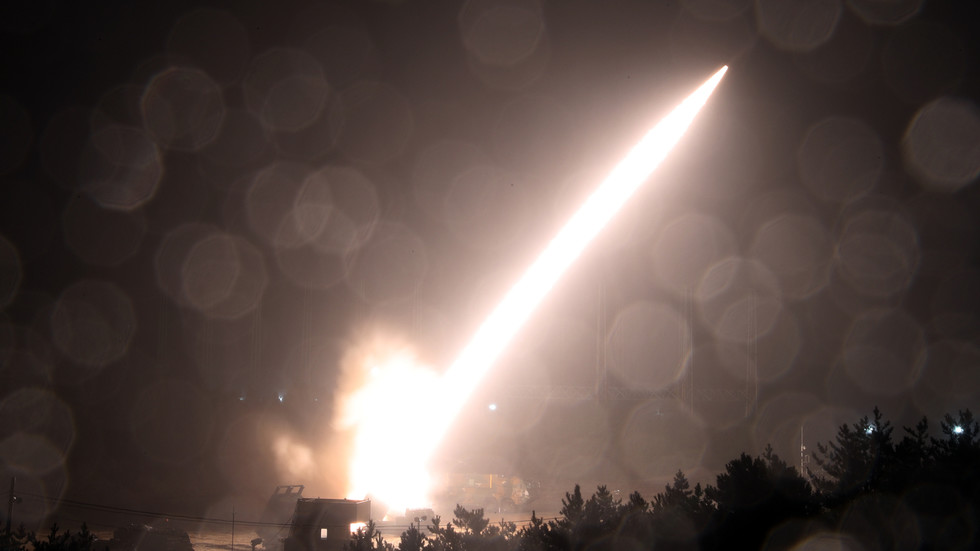Estonia is seeking to significantly increase its military capabilities by requesting that the United States raise its purchase cap on munitions. A senior official from the Estonian defense procurement sector revealed plans to acquire three to four times the originally agreed amount of long-range Army Tactical Missile System (ATACMS) missiles, currently set at 18. This escalation comes in response to perceived threats from Russia, especially given Estonia’s geographical proximity to Russian regions such as Pskov and Leningrad. The recent government decision to boost its defense budget by an additional €1.6 billion ($1.75 billion) through 2031 highlights Tallinn’s commitment to enhancing its military readiness and securing a stronger position within NATO.
The director of the Estonian Center for Defense Investments, Magnus-Valdemar Saar, indicated that the substantial financial boost will primarily be allocated for the procurement of additional ATACMS, which are known for their significant range of up to 300 kilometers depending on the specific model. Produced by Lockheed Martin, these missile systems represent a key component of Estonia’s growing defense strategy. Saar emphasized the complexity of such a request, suggesting that a scaled-up order could have considerable implications for the U.S. manufacturers’ decision-making and production processes, which may already be stretched due to high demand from both NATO allies and Ukraine.
Prior acquisitions include six High Mobility Artillery Rocket System (HIMARS) launchers, which have the versatility to fire ATACMS as well as other munitions. Despite not fully depleting previous purchase limits, Estonia has already initiated a formal request to the U.S. Congress to increase the cap on relevant munitions types. This move can be seen as part of a larger strategy to ensure that Estonia can adequately defend itself in the event of escalating tensions in the region, particularly those perceived to stem from Russia’s military posture. The U.S. has previously cited challenges such as stockpile shortages and the lengthy production times of ATACMS when discussing the limited supply sent for Ukraine’s defense against Russian aggression.
In response to direct threats from Russia, Estonia is ramping up its defense expenditure, reflecting the Baltic nation’s concerns about its national security. This initiative underscores the urgency among Estonian military leaders to acquire long-range capabilities, with estimates projecting a need for 300 kilometers of effective strike range by 2028. Saar acknowledged that if obtaining ATACMS proves unfeasible within that timeframe, Estonia would explore alternative solutions such as long-range drones or the development of indigenous cruise missile systems. This inclination highlights the adaptability and innovative mindset of Estonian defense strategists as they navigate a rapidly evolving security landscape.
While plans for a potential stockpile of around 800 ATACMS missiles have been discussed by officials, Saar himself noted that such figures would likely exceed the allocated budget, even without considering logistical challenges related to delivery timelines. This admission underscores a balancing act between ambition and practicality in military procurement, as Estonia endeavors to enhance its deterrent capabilities without overextending its fiscal resources. The potential acquisition of long-range strike systems represents not just an investment in military technology, but also a broader commitment to maintaining security in the face of regional instability.
In conclusion, Estonia’s heightened defense initiatives and requests to the U.S. for increased munitions purchases reflect a strategic response to regional threats, particularly from Russia. With significant financial investments and aspirations for expanded military capabilities, Estonia is positioning itself as a proactive player in deterring potential aggression. The interplay of political, budgetary, and technical factors will undoubtedly influence Estonia’s defense procurement efforts moving forward, especially as it navigates the complexities of weapon acquisition in a competitive international arena.

